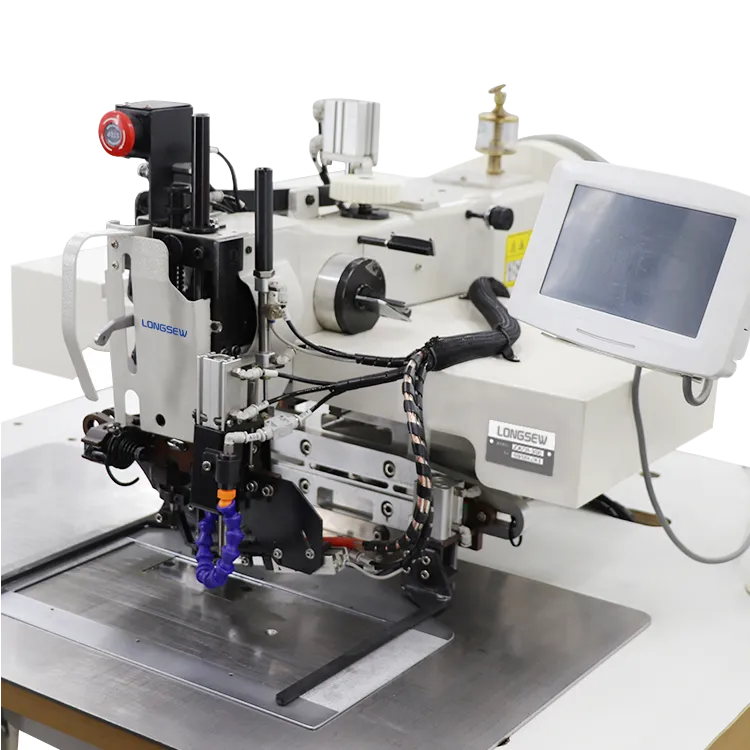Techniques for Sewing Heavy Leather with Precision and Style
Stitching Thick Leather A Master Craft
Leatherworking is an ancient craft that has evolved over centuries, showcasing the intricate balance of artistry and utility. Among the various techniques employed in this form of craftsmanship, stitching thick leather stands out as both a challenge and a testament to the skill of the artisan. The process not only requires precision and patience but also a deep understanding of the materials involved.
Thick leather, often used in crafting products like belts, bags, and wallets, is known for its durability and character. However, stitching it presents unique challenges due to its density and resistance. Unlike thinner leather, which can be easily manipulated, thick leather requires specialized tools and techniques to ensure a clean and polished finish. The importance of choosing the right needle and thread cannot be overstated. A heavy-duty needle is essential to pierce through multiple layers of thick leather, and the thread must be robust enough to withstand tension without breaking.
One of the most common methods for stitching thick leather is the saddle stitch. This technique, which involves using two needles threaded through the same hole, creates a strong, durable seam that is less likely to unravel. The saddle stitch is favored by many leatherworkers for its rigidity and aesthetic appeal. Mastering this stitch requires practice but provides a beautiful finish that showcases the craftsmanship involved.
Preparation is a crucial step in the stitching process. Before any stitching begins, it is essential to properly cut and edge the leather. Utilizing tools like a rotary cutter or knife, craftsmen can achieve clean edges, which not only enhances the visual aspect but also aids in the stitching process. Additionally, using an edge beveler to round off the edges can prevent wear and tear over time, ensuring longevity.
stitching thick leather

Once the leather is prepared, marking the stitching line is the next step. This can be done using a ruler and awl to create evenly spaced holes, a technique called pricking. This not only ensures consistency but also guides the stitching process, leading to a uniform look. Proper spacing is vital; too close together can weaken the leather, while too far apart can compromise the aesthetics of the finished product.
When it comes to stitching, leverage and control are paramount. Utilizing a stitching pony, which holds the leather securely, allows for better control while sewing. This tool reduces hand fatigue and enables the craftsman to focus on the precision of each stitch. As the artisan stitches, the movement should be fluid and consistent, drawing the thread tight without causing the leather to pucker.
Post-stitching, finishing touches play an essential role in the final appearance of the leather piece. Applying a leather conditioner or wax can enhance the color and provide a barrier against moisture. Additionally, burnishing the edges with a tool or cloth not only improves the aesthetic quality but also seals the edges against fraying.
In conclusion, stitching thick leather is more than just a functional skill; it is an art form that requires meticulous attention to detail. From selecting materials to mastering techniques like the saddle stitch, each step reflects the dedication and creativity of the craftsman. The end products—whether it be a sturdy leather bag or a finely crafted belt—serve not only as practical items but also as a celebration of craftsmanship and tradition. By investing time in learning and refining these skills, artisans keep the ancient art of leatherworking alive, creating pieces that can be treasured for generations.
-
Heavy Duty Leather Sewing Machine: A Must-Have for Professional LeatherworkNewsMay.28,2025
-
Leather Sewing Machine: Essential for High-Quality LeathercraftNewsMay.28,2025
-
Extra Heavy Duty Sewing Machine for Premium Leather ApplicationsNewsMay.28,2025
-
Walking Foot Cylinder Arm Sewing Machine: Precision and Power CombinedNewsMay.28,2025
-
Industrial Cylinder Arm Sewing Machine: Engineered for High-Performance StitchingNewsMay.28,2025
-
Cylinder Bed Sewing Machine: A Powerful Solution for Precision StitchingNewsMay.28,2025
-
Zigzag Sewing MachineNewsMay.12,2025





























